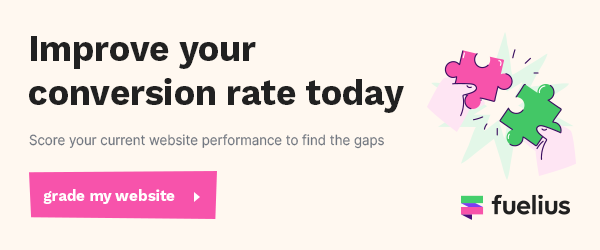
When it comes to marketing and sales, the terms “lead” and “prospect” get thrown around a lot. And while they might seem interchangeable, there is actually a big difference between the two. So, what exactly is the difference between a lead and a prospect? Keep reading to find out.
What is a lead?
A lead is someone who has shown an interest in your product or service. This can be through signing up for your email list, downloading a white paper or e-book, or requesting more information about your product. A lead is usually further along in the buying process than a prospect, but they have not yet made a purchase.
What is a prospect?
A prospect is someone who is further along in the sales process than a lead. They have been qualified as someone who needs your product or service and has the budget to make a purchase. A prospect is ready to buy, but they might not be ready to buy from you specifically.
The Benefits of Quality Leads
The sales team is always looking for ways to generate more leads. While it may be tempting to go for quantity over quality, that’s not always the best approach.
There are a few key benefits to generating quality leads over a large quantity of leads. First of all, quality leads are more likely to turn into customers. If you hand off a lead to your sales team that isn’t fully qualified, there’s a good chance they won’t be able to close the deal. On the other hand, if you give them a lead that’s ready to buy, they’re much more likely to be successful.
Secondly, quality leads save your sales team time. If your salespeople are constantly having to follow up with unqualified leads, that takes them away from their main goal, which is selling. By giving them leads that are already interested in what you have to offer, they can focus their energy on closing the deal.
Finally, quality leads save your company money. All businesses operate on a budget, and if you’re constantly having to generate new leads because your old ones keep falling through, that can quickly eat into your bottom line. By focusing on quality over quantity, you can avoid this issue and keep your marketing budget under control.
How to Generate Quality Leads
Now that we know the benefits of generating quality leads, let’s take a look at how you can actually go about doing that. There are a few key steps you need to take:
Define your target market
Who are you trying to reach with your product or service? The better you can define your target market, the easier it will be to generate leads that are interested in what you have to offer.
Create buyer personas
Once you’ve defined your target market, create buyer personas for each segment of that market. These personas should include demographic information as well as psychographic information such as pain points and needs.
Develop targeted content
Once you know who you’re trying to reach and what they need, develop content that speaks directly to those needs. This could be blog posts, whitepapers, eBooks, or even just social media posts—anything that will help educate your target market about your product or service and persuade them to become a customer.
Use lead-generating forms
Include lead-generating forms on all of your targeted content so that people who are interested in what you have to say can easily sign up for more information from you. Make sure these forms are short and easy to fill out—the last thing you want is for someone to lose interest halfway through and abandon the form altogether.
Nurture your leads
Once someone fills out one of your lead-generation forms, it’s important to nurture those relationships, so that they eventually become customers. Send targeted emails with additional information about your product or service, give them exclusive access to certain pieces of content (such as an eBook), or even just give them a call, whatever it takes to continue building that relationship until they’re ready to buy from you.
So, there you have it! The difference between a lead and a prospect. Now that you know the difference, you can make sure that you are using the correct term when talking to your team about your marketing and sales efforts.
Hero image source: Pexels




